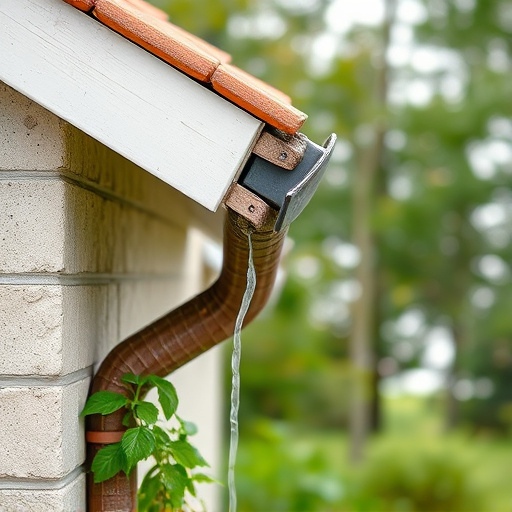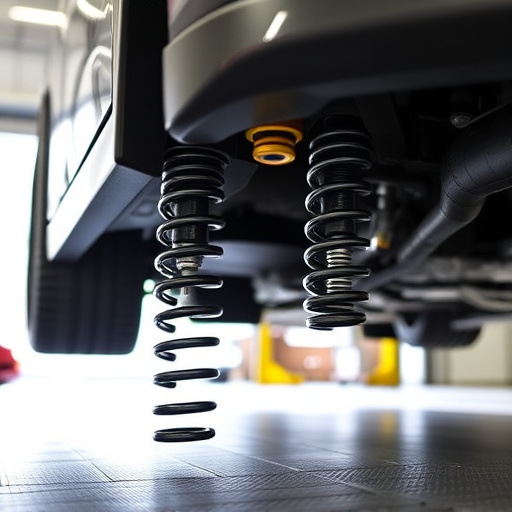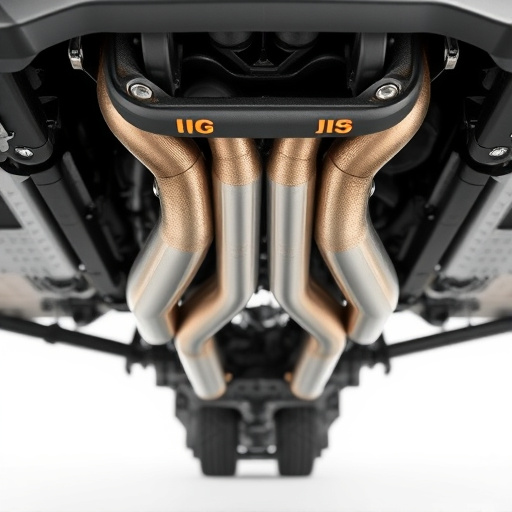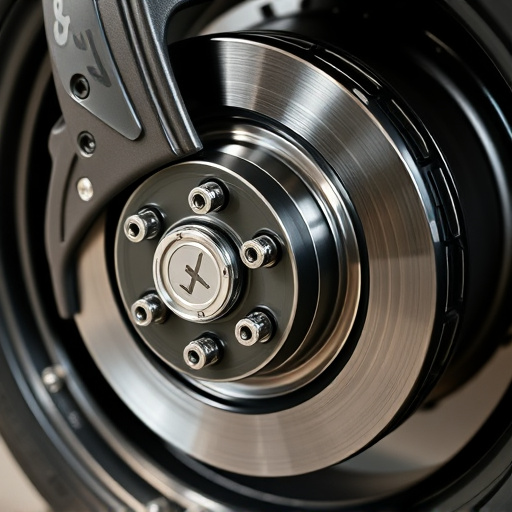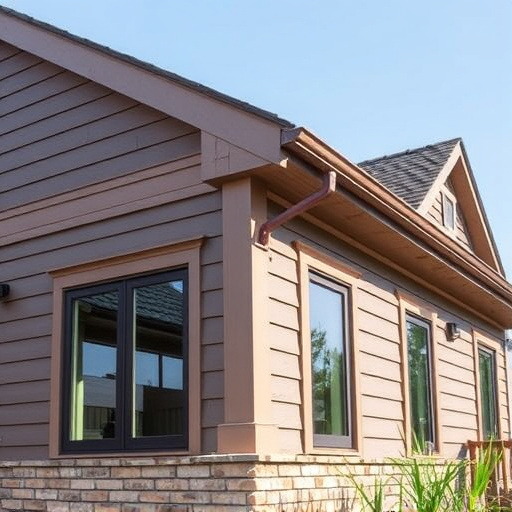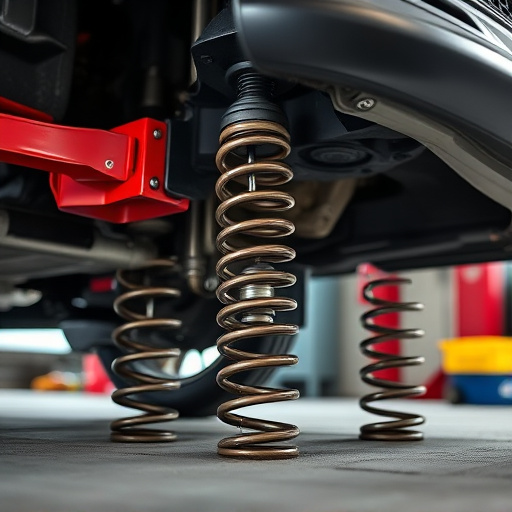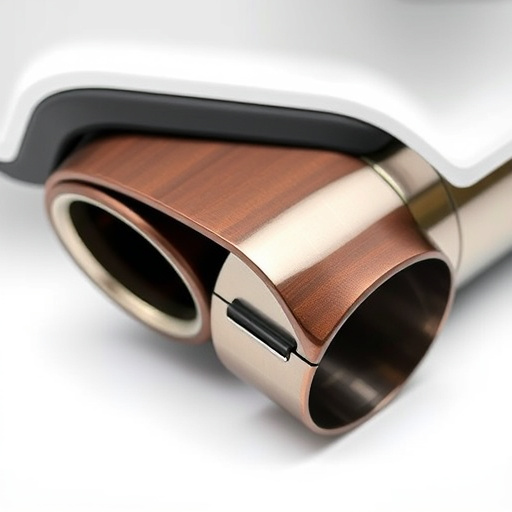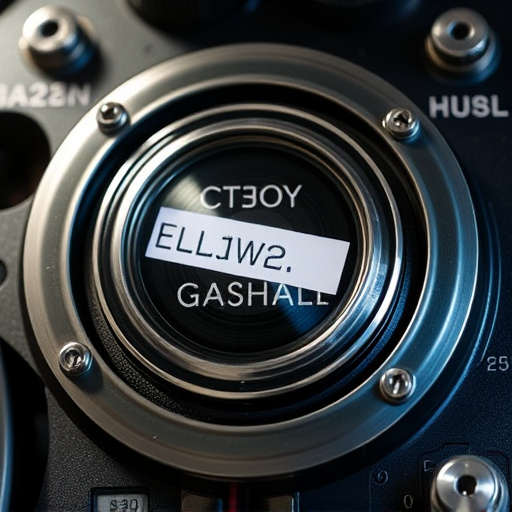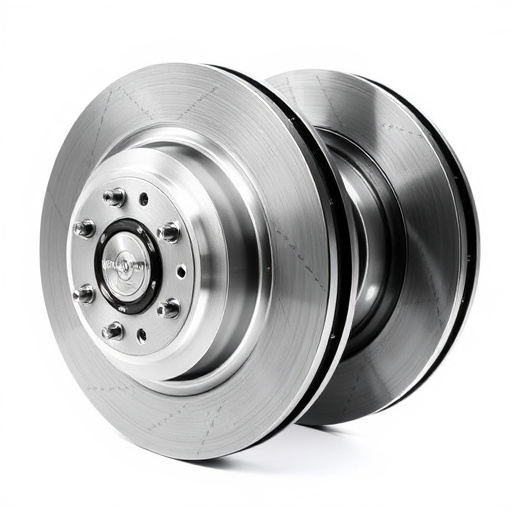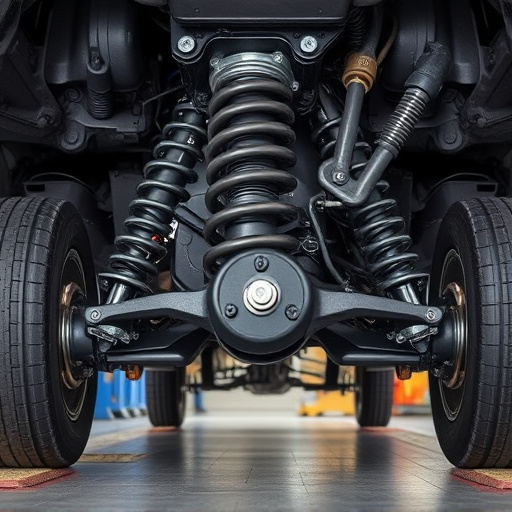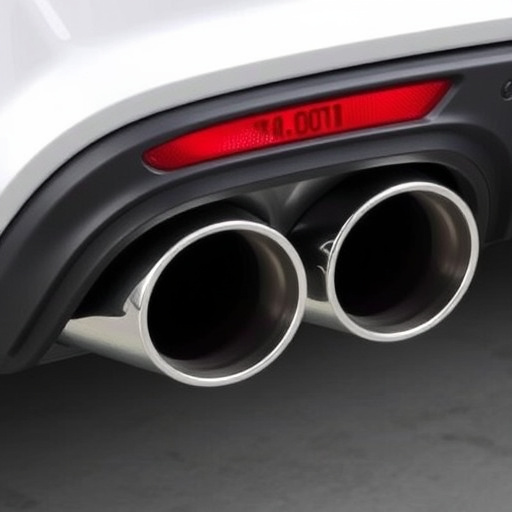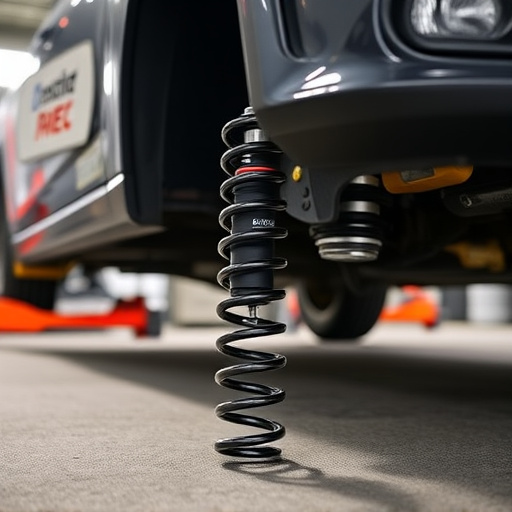A muffler bypass in an automobile's exhaust system alters gas flow and air pressure, causing cabin drone issues around 1500-2500 RPM. Leaks, inefficient filters, and poor exhaust dynamics contribute to this problem. Solutions include sealing leaks, upgrading air filters, installing performance exhaust systems, and regular maintenance for lasting relief from muffler bypass-related noise.
“Discover why your vehicle’s cabin might suddenly fill with a droning noise at specific engine revolutions per minute (RPMs). This phenomenon often stems from a muffler bypass system, designed to enhance performance but can inadvertently create an annoying drone. In this article, we’ll demystify how these systems work, pinpoint the RPMs responsible for cabin drone issues, and explore solutions to mitigate or even eliminate this problem. By understanding muffler bypass functionality, you’ll be equipped with the knowledge to ensure a quieter, more comfortable driving experience.”
- Understanding Muffler Bypass System Functionality
- Identifying RPMs Linked to Cabin Drone Issues
- Potential Solutions and Mitigation Strategies
Understanding Muffler Bypass System Functionality
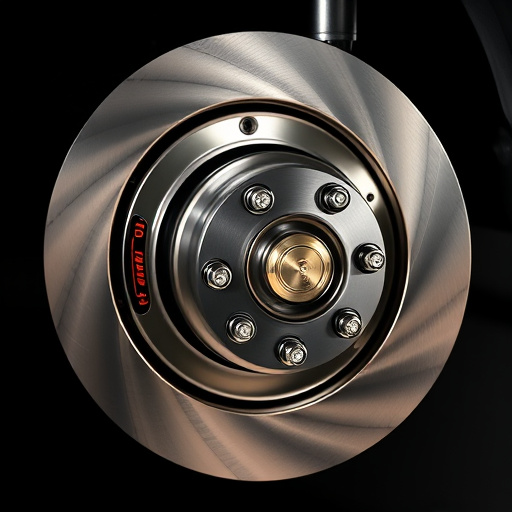
A muffler bypass is a component of an automobile’s exhaust system designed to alter the flow of gases escaping from the engine. It operates by diverting a portion of the exhaust gases around the primary muffler, allowing for more direct exit. This functionality is particularly noticeable at specific engine revolutions per minute (RPM), where the by-pass opens and closes, affecting the overall sound and performance characteristics of the vehicle.
Understanding how a muffler bypass interacts with other brake components and exhaust tips is crucial. At certain RPMs, the bypassing mechanism can introduce a drone or hum within the cabin, especially in vehicles equipped with cat back exhaust systems. This phenomenon occurs due to the change in air pressure and flow, which can be both uncomfortable for passengers and indicative of potential performance issues.
Identifying RPMs Linked to Cabin Drone Issues
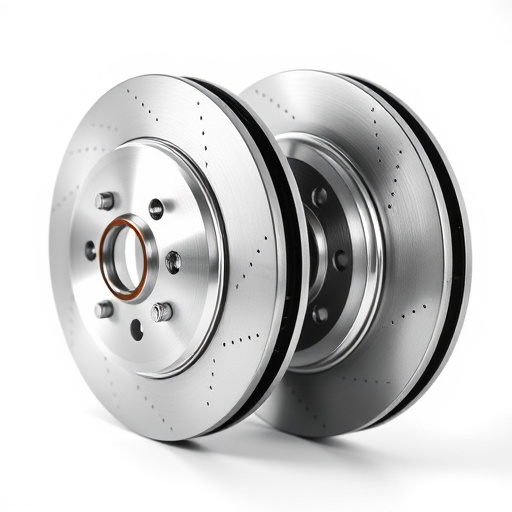
Many vehicle owners first notice a problem with cabin drone when they reach certain engine revolutions per minute (RPMs). Identifying these specific RPMs is crucial in understanding and addressing the issue. Through careful observation and diagnosis, one can pinpoint the RPM range where the unwanted noise becomes apparent. This often occurs at lower RPMs during normal driving conditions, such as around 1500-2500 RPM, but can vary depending on vehicle make and model.
A muffler bypass, while offering performance benefits, might be the culprit behind these cabin drone issues. In some cases, bypassing the primary exhaust system, including components like cat back exhaust or exhaust tips, can disrupt the airflow and create resonances that result in a droning sound. Understanding the interplay between the engine, exhaust systems, and the vehicle’s overall design is essential in troubleshooting and potentially modifying the exhaust setup to mitigate these drone problems at specific RPMs.
Potential Solutions and Mitigation Strategies
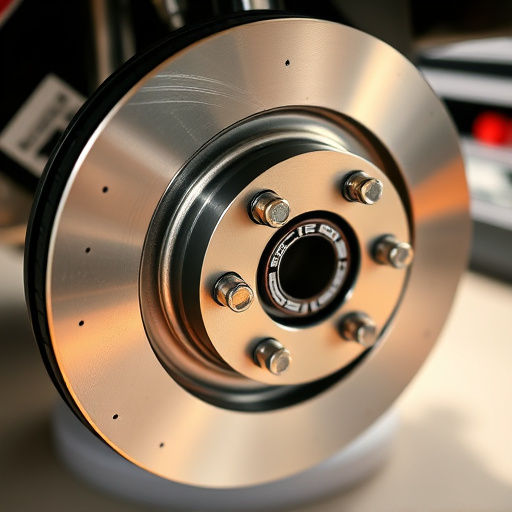
If a muffler bypass is causing cabin drone, several potential solutions and mitigation strategies can be employed to resolve the issue. One approach is to address any leaks in the exhaust system, ensuring all connections are secure and sealed properly. This step is crucial as even minor leaks can significantly impact noise levels.
Additionally, upgrading to a high-quality performance air filter kit or replacing the existing air filters with more efficient ones can help. These filters are designed to minimize airflow restrictions, which often contributes to drone at certain RPMs. Moreover, installing a performance exhaust system tailored for your vehicle’s make and model may provide a lasting solution by improving overall exhaust flow dynamics. Regular maintenance and checks on these components can prevent future noise issues related to the muffler bypass.
While muffler bypass systems offer performance benefits, it’s crucial to be aware that they can introduce cabin drone at specific engine RPMs. By understanding the functionality of these systems and identifying the linked RPMs, vehicle owners can take proactive measures. Implementing potential solutions, such as tuning adjustments or noise-canceling techniques, can help mitigate this issue, ensuring a more comfortable driving experience without compromising power. Remember, proper maintenance and awareness are key to navigating the trade-offs associated with muffler bypass systems.
